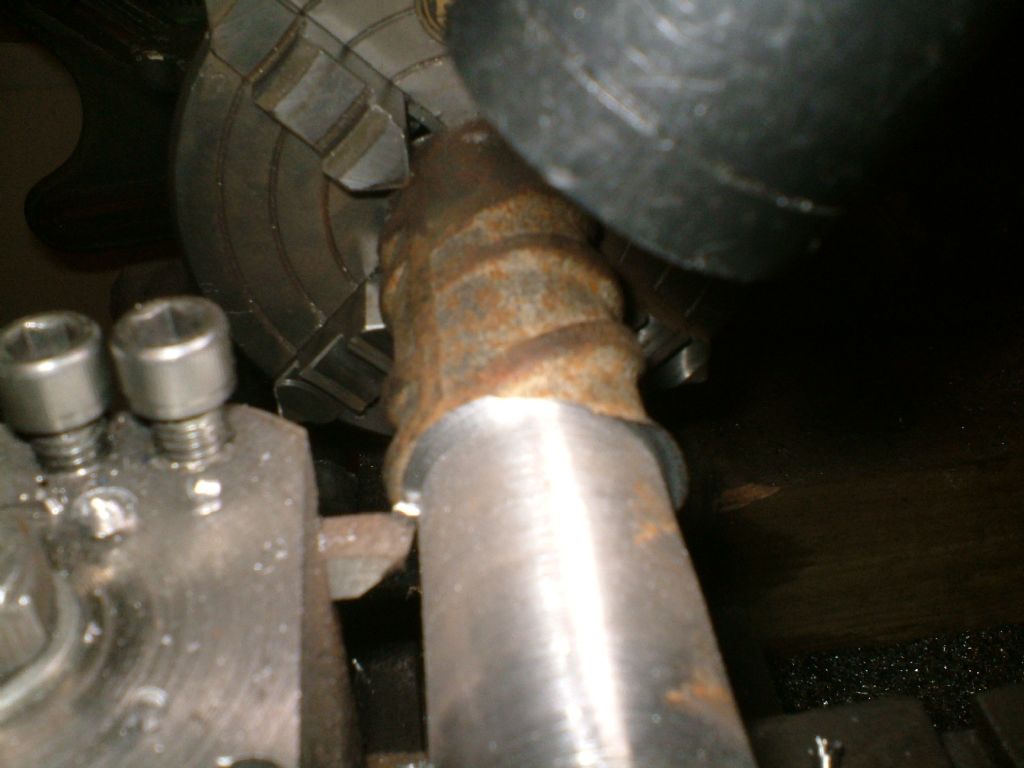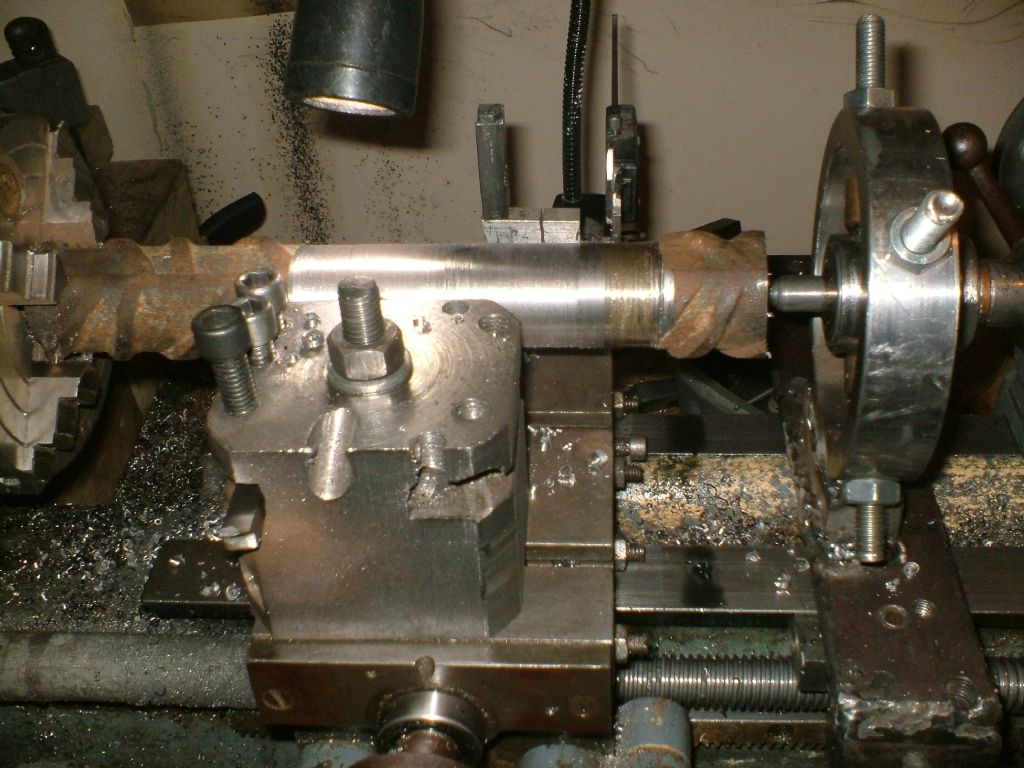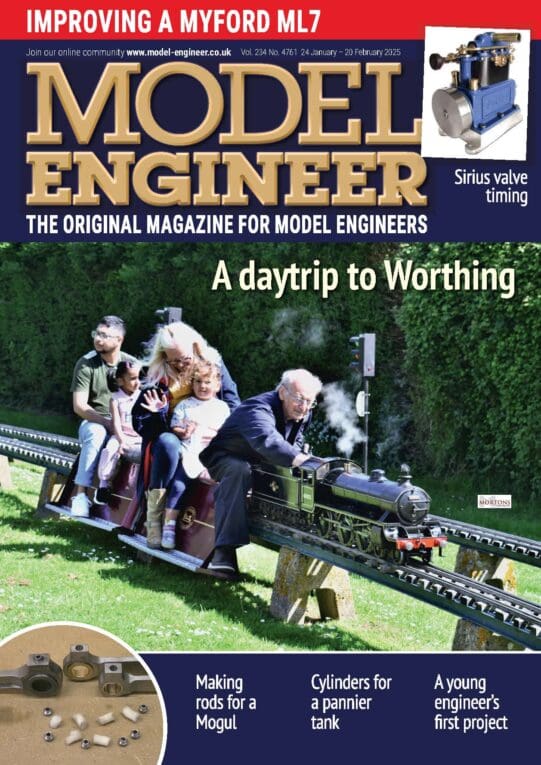Gear head vs variable speed lathe
Gear head vs variable speed lathe
- This topic has 18 replies, 11 voices, and was last updated 13 August 2023 at 19:08 by
 Ady1.
Ady1.
Viewing 19 posts - 1 through 19 (of 19 total)
Viewing 19 posts - 1 through 19 (of 19 total)
- Please log in to reply to this topic. Registering is free and easy using the links on the menu at the top of this page.
Latest Replies
Viewing 25 topics - 1 through 25 (of 25 total)
-
- Topic
- Voices
- Last Post
Viewing 25 topics - 1 through 25 (of 25 total)








